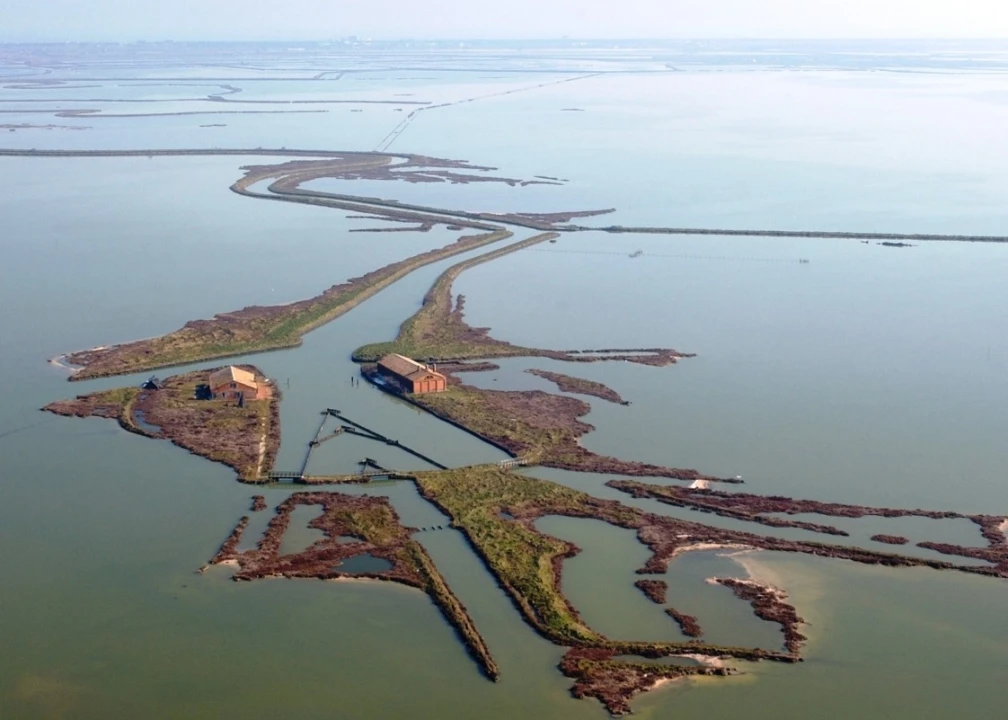Captivating for their age-old superstitions and stories of brigands and highwaymen, the Valleys of Comacchio are a vast wetlands area located between Ferrara and Ravenna, in the Province of Emilia Romagna. More specifically, they lie between the town of Comacchio and the Reno River, inside the Delta del Po Regional Park. Their 11,000 hectares of brackish, briny water, their immense variety of flora and fauna, and their culinary traditions - founded on eel, above all - make them a draw for tourists from all over Italy and from around the world.
A Tour of Nature
The green as green Comacchio Valleys are a natural refuge for numerous plant and animal species, including wild rabbits and ducks, egrets, cormorants, and pink flamingos. This open-air zoological garden makes for an astounding natural itinerary in one of the most important lagoon networks in both Italy and Europe. At the same time, it is a bona fide glimpse at the tight weave formed between the environment and natural endowments, and the economy and life itself.
Whether by boat, on foot or by bike, the Valleys comprise long bodies of water and sandy patches that run to the coast, to which they are connected via the Magnavacca, Logonovo, Bellocchio and Gobbino Canals.
A visit here is perfectly paired with a discovery of Comacchio itself, ancient lagoon city that boasts the bridges and canals typical to an urban settlement that rose up among and around the waters.
Origins and the Local Economy
Formed as a result of sinking terrain - and the consequent seeping-in of seawater - in the 10th Century, the Valleys became a basin of salty water over time, where the local inhabitants built rustic, straw houses and huts used for fishing. Today, only a few examples of these (in masonry and stonework) remain.
Some of these can be found in the River's estuary, and they are known as thecasoni Coccalino and Donnabona.
Also worth mentioning are the casone Pegoraro and the casone Serilla, which can be visited by boat.
Fishing, of eel above all, is major business here, along with local artisan industry. The traditional method for catching eel involves the lavoriero, a structure that divides a series of basins into channels, at the same time that it separates eel from other types of fish.
Tourists can observe their functioning during guided visits that also take them to the old saltworks, shut down since the 1980s.
The Cuisine
Comacchio cuisine lets its local resources shine through, and many of its recipes are fish-focused. Eel, of course, whether roasted or marinated with bay leaves, is the specialty, and thus the most common dish. It is even at times served on panini or in soup. And if it were not yet clear how celebrated it is in these Valleys, one need only attend the annual eel sagra or fest, held every late September to October.




